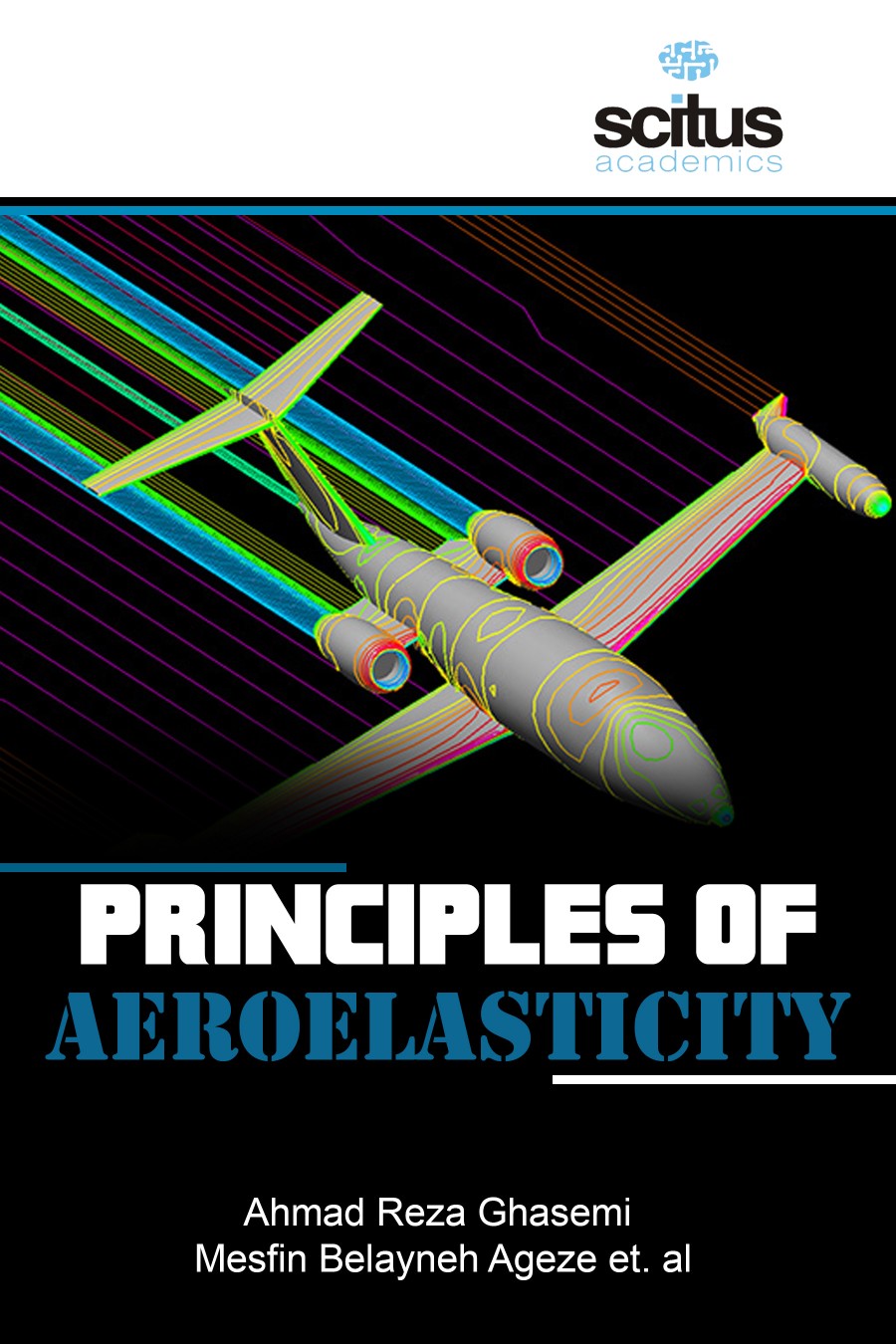Aeroelasticity refers to the science of the interaction between aerodynamic, inertial and elastic effects. Aeroelastic effects occur everywhere but are more or less critical. Any phenomenon that involves a structural response to a fluid action requires aeroelastic consideration. In many cases, when a large and flexible structure is submitted to a high intensity variable flow, the deformations can be very important and become dangerous. With the emphasis on higher performance, modern aircraft designs aim at lower structural weight, aerodynamically efficient thinner configurations, and reduced or even negative stability margins augmented by automatic flight control systems. These design considerations lead to highly flexible structural designs with associated problems of dynamic and aeroelastic interactions which need to be considered at the preliminary design stage itself. Development and application of wind turbines and the related issues such as structural design, aerodynamic design, and material selection as well as manufacturing issues, including fatigue, optimization, and aeroelastic stability have attracted researchers’ attention.
Principles Of Aeroelasticity presents the recent research and development efforts in the areas of aeroelastic tailoring, structural optimization with aeroelastic constraints and aeroservoelasticity, and applications of the same in practical designs. The developments and applications in these areas are also highlighted. Key topics in composite blades of wind turbines including design, stress analysis, aeroelasticity, and fatigue are studied. Numerical and analytical methods are applied for considering the flutter phenomenon of the blades. It covers the numerical calculation algorithm of the structured singular value, uncertainty model construction, robust aeroelastic stability analysis algorithms, uncertainty level verification, and robust flutter boundary prediction in the flight test, etc. Development and application of wind turbines and the related issues such as structural design, aerodynamic design, and material selection as well as manufacturing issues, including fatigue, optimization, and aeroelastic stability have attracted researchers’ attention. It presents the detailed investigation of coupled-mode flutter and non-synchronous vibration in turbomachinery. Coupled-mode flutter and non-synchronous vibration are two aeromechanical challenges in designing turbomachinery that, when present, can cause engine blade failure.













